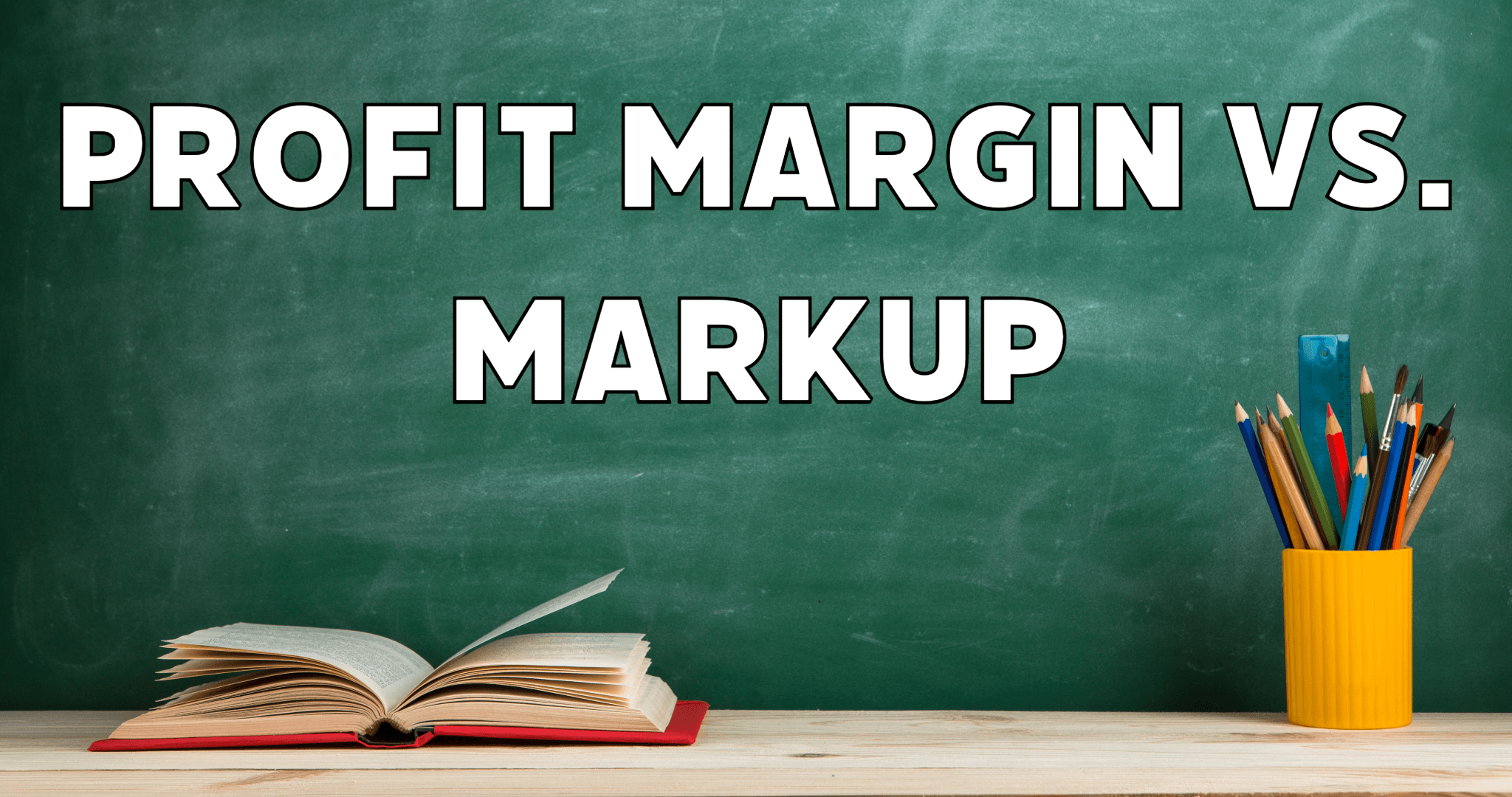Profit Margin vs. Markup: A Clear Distinction
Posted by Emma on 16th Apr 2024 Reading Time:
Profit margin and markup, though often confused, are distinct financial metrics crucial for effective pricing strategies. While both rely on revenue and costs, they serve different purposes in analysing business profitability.

Profit Margin Explained
The profit margin reflects the portion of revenue remaining after covering the cost of goods sold (COGS). It is expressed as a percentage of revenue and is calculated by deducting COGS from revenue and dividing the result by revenue. For instance, if a product sells for £10 with £7 in costs, the profit margin is 30%.
Markup Explained
Markup, on the other hand, measures the difference between a product's selling price and its cost. It's a percentage by which the cost of a product is increased to establish the selling price. In our example, with a selling price of £10 and a £7 cost, the markup percentage is 42.9%.
Key Takeaways
- Profit margin assesses profit in relation to sales revenue, while markup gauges profit relative to product costs.
- Profit margin is calculated as revenue minus COGS, expressed as a percentage of revenue.
- Markup calculates the difference between the selling price and the cost, typically represented as a percentage of cost.
- Remember, if your goods are VAT-rated, deduct 20% from your sale price before calculating your gross profit.
Understanding these metrics ensures accurate pricing decisions, preventing underpricing or overpricing that can impact profitability and market positioning. Leave your thoughts below to share how you leverage profit margin and markup in your pricing strategy!
This article is intended as general information only and does not constitute advice in any way. For any specific questions, you may want to consult your legal advisor or accountant.

